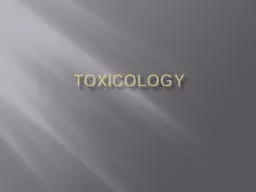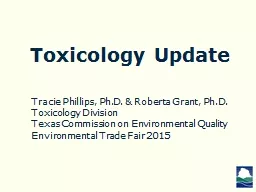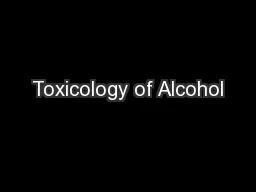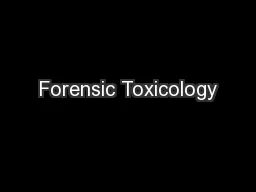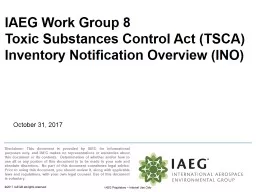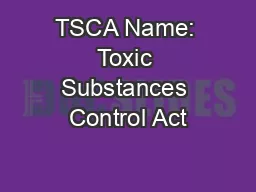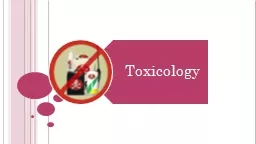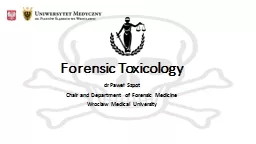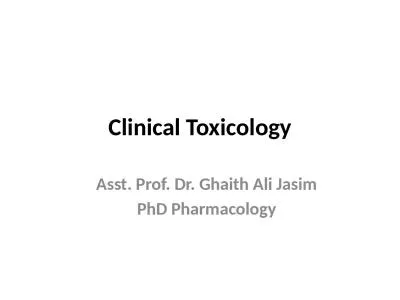PPT-TOXICOLOGY Toxicology is the study of substances toxic to the body
Author : essencemessage | Published Date : 2020-06-17
Absorption of toxins in the GIT is by passive diffusion this process requires that the substance cross cellular barriers Toxins that are not absorbed from the
Presentation Embed Code
Download Presentation
Download Presentation The PPT/PDF document "TOXICOLOGY Toxicology is the study of s..." is the property of its rightful owner. Permission is granted to download and print the materials on this website for personal, non-commercial use only, and to display it on your personal computer provided you do not modify the materials and that you retain all copyright notices contained in the materials. By downloading content from our website, you accept the terms of this agreement.
TOXICOLOGY Toxicology is the study of substances toxic to the body: Transcript
Download Rules Of Document
"TOXICOLOGY Toxicology is the study of substances toxic to the body"The content belongs to its owner. You may download and print it for personal use, without modification, and keep all copyright notices. By downloading, you agree to these terms.
Related Documents

